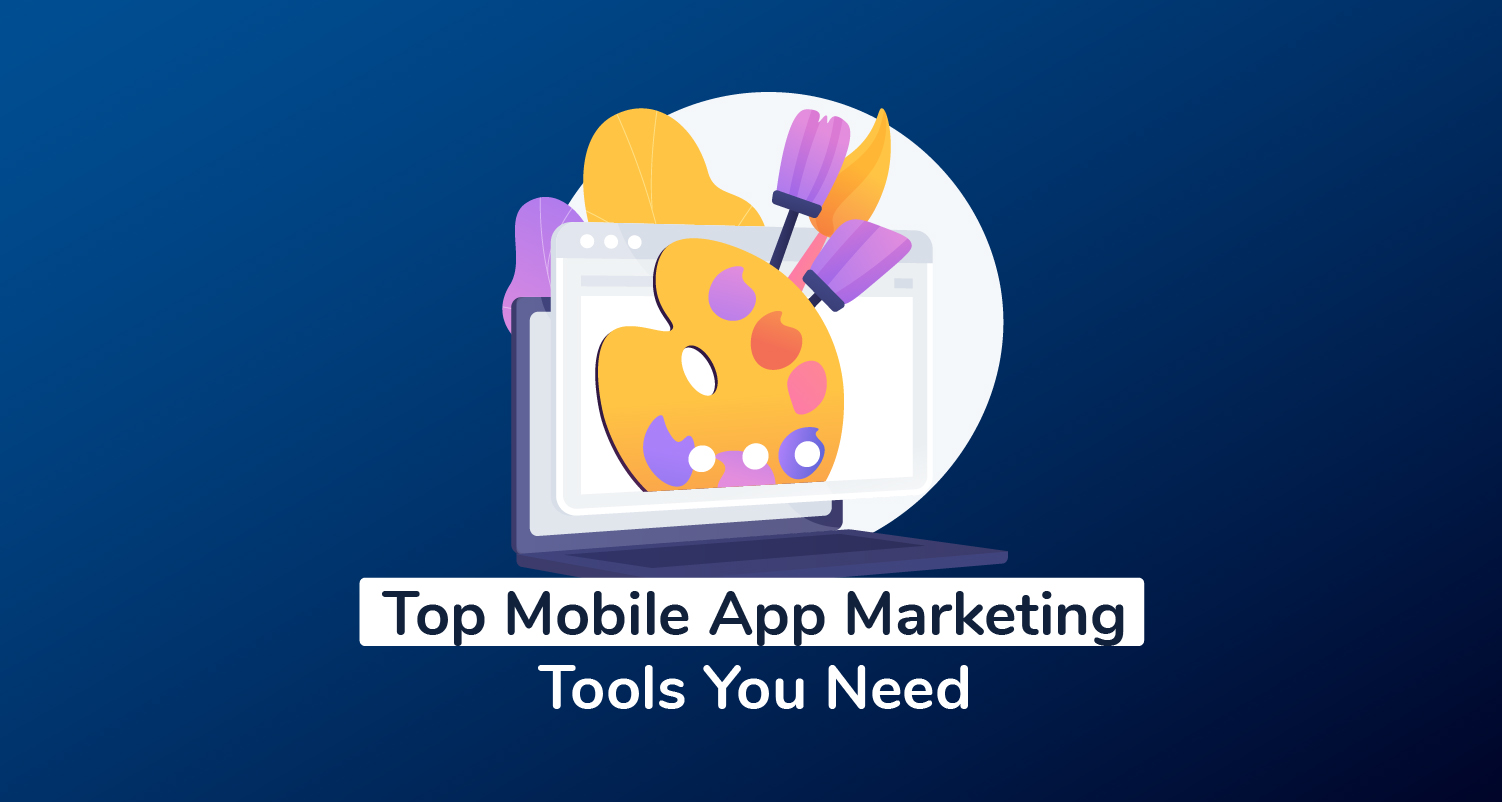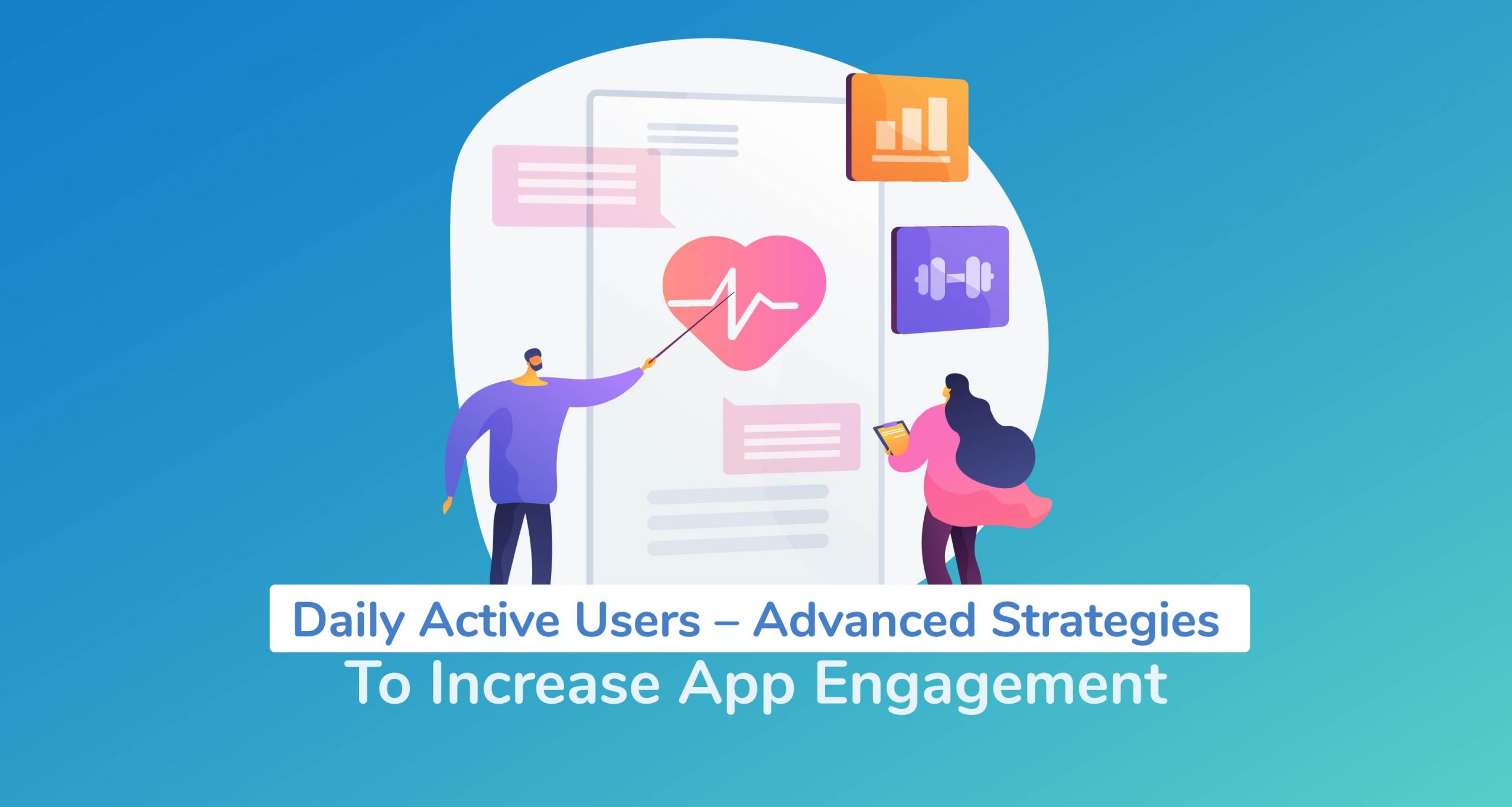
How To Do Mobile App Beta Testing: A Comprehensive Guide
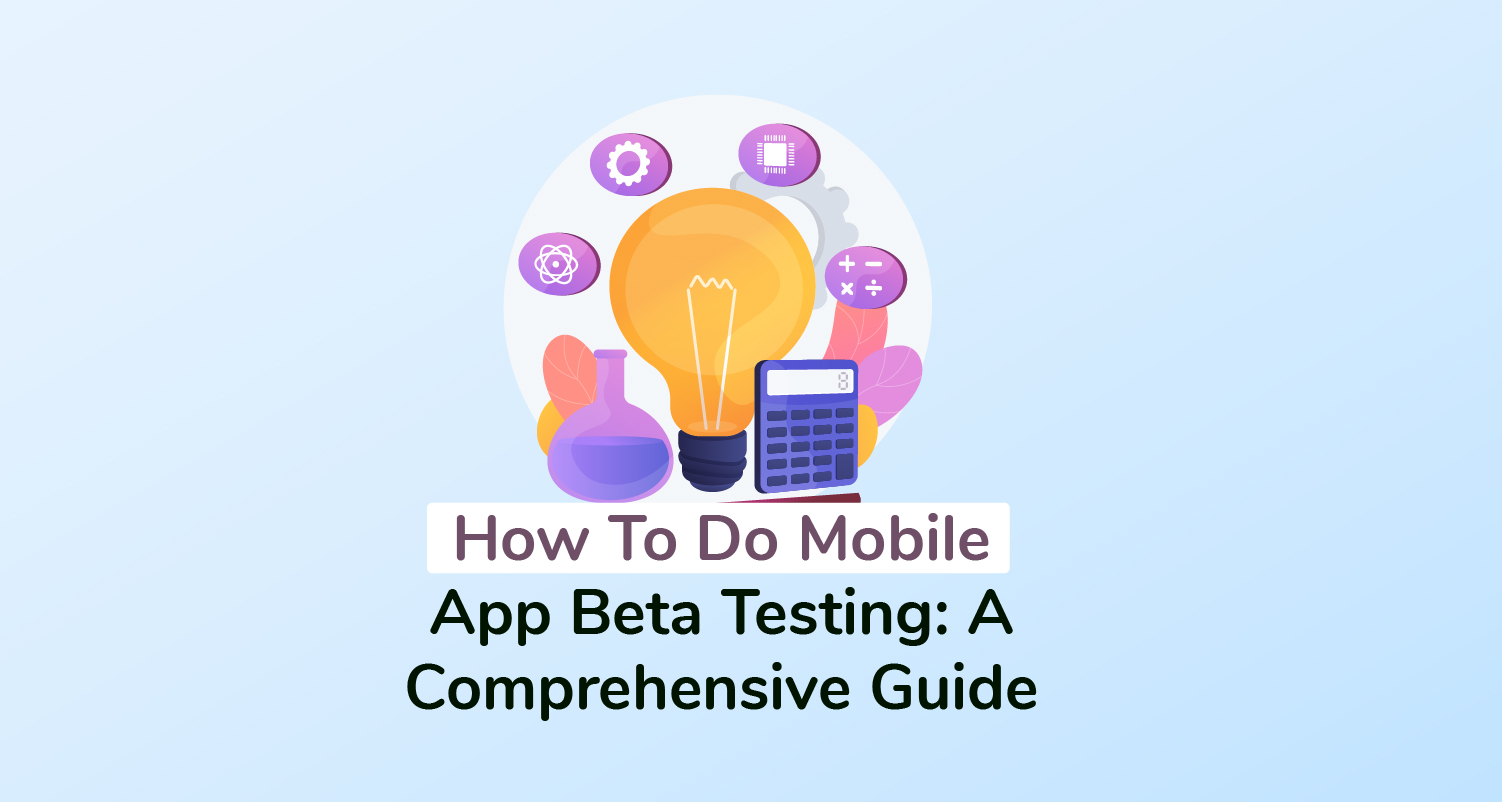
By now, most mobile app marketers and developers realize the relevance of mobile app beta testing in today’s high churn rate environment.
Apps are retaining only about 43% of their users barely a month after download. And sadly, the user churn doesn’t end there. The numbers tend to drop progressively over the long haul, and retention rates fall to 29% after three months.
Poor user experience is the principal driver of churn. In a nutshell, this entails things like app crashes, timeouts, slow load times, and many other errors you might encounter as you interact with an app.
This is why beta testing is important. Most mobile app developers are exceedingly prioritizing the functional and visual designs of their apps to improve the overall user experience.
It’s no secret that the use of mobile apps is increasing worldwide. The number of annual downloads has increased by 45% since 2016 – and in countries like China and India, this growth has been even higher. The number of apps in the market has grown, too. Every day roughly 275 new apps are released.
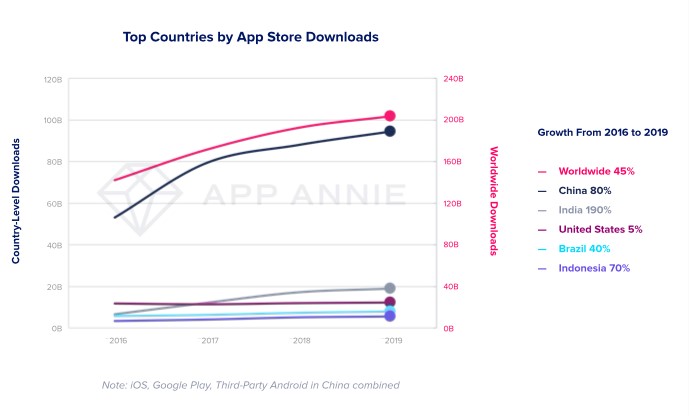
This means that customers are quick to find an alternative if they do not like their mobile experience. How are you supposed to compete with apps at such a rate?
Well, one way of doing it is approaching your UX design process holistically and tactfully. You have to fully execute mobile app beta testing and the corresponding alpha testing way before the final launch.
What is Mobile App Beta Testing?
Essentially, mobile app beta testing comes after alpha testing. It involves availing an app through the developer website for tryouts by potential app users – who then provide feedback on the app’s operability plus usability.
When that’s over and done with, you should proceed to the next phase – mobile app beta testing. While app beta testing is similar to alpha testing, there is one major distinctive difference: instead of doing everything through the main site, the test is fundamentally conducted externally.
The beta version of an app is released to a limited number of testers who are not part of the developing team. The whole point is to identify potential bugs and errors that you might have missed. In other words, you let your prospective app users judge the whole interface and the corresponding usability, ahead of the actual app launch.
You can also think of it as a prelaunch app marketing strategy. But, all things considered, the principal priority here is getting pointers about your app’s overall user experience straight from the horse’s mouth.
In the end, you’ll be able to use the feedback to improve your app, and ultimately boost its retention numbers.
So, you may be wondering: how do you do beta testing the right way?
To help you conduct it effectively, here’s a 10-step guide to comprehensive mobile app beta testing…
1. Define The Ideal Type of Beta Testers
You can’t distribute your app’s beta version to just anyone; it has to be a specific group of testers whose type depends on not only your principal objectives but also the testers’ background and experience.
In essence, there are two primary types you might consider involving in your app beta testing: marketing beta testers and technical beta testers.
Marketing beta testers are fundamentally social influencers. As they try out your mobile app, they also promote it across various social platforms. This makes them ideal for app promotion campaigns.
However, if you want a solid critique of your app’s overall functionality, you should consider leveraging technical beta testers. They have the necessary skills required for evaluating apps comprehensively to identify potential weak-points, and can often provide helpful technical feedback.
That said, you can settle for one of the types – or better yet, go for both.
2. Create A Perfect Beta Tester Persona
You have to dive deeper than just choosing generic marketing or technical objectives to define the optimal beta tester persona for your app.

Ask yourself:
- What kind of users would you hope to attract?
- What problems does your app seek to solve?
- What app solutions is the persona looking for to sort out their problems?
- What type of persona is likely to use your app on a regular basis?
- Which specific app features would the persona consider to be most critical?
The answer essentially gives you the gist of the type of persona you should consider for your app beta testers.
But it doesn’t end there. The information you come up with should be assessed – along with your app beta testing objectives to, ultimately, define the most suitable beta testing persona.
This helps to spell out the specific demographic of testers you should focus on.
3. Determine The Ideal Number of Beta Testers
Once you’ve identified the suitable group of testers and their corresponding persona, you need to determine the precise numbers that would fit your app beta testing process. This really depends on both your needs and also the crowd size that your budget can accommodate.
Now, it’s worth noting that not all beta testers will eventually provide constructive app reviews. Although you hope that you’ll be able to convince everyone to commit themselves fully, let’s face it – there’s always that small fraction of testers who won’t bother getting back to you. And even if they do, they only leave very brief remarks that might not be helpful at all.
So, of course, a small crowd probably would not generate sufficient valuable feedback. The fact is, you need many more beta testers, even when you’re working with a very limited budget.
But don’t get me wrong. While a larger number is advisable, going overboard would only complicate things for you. Engaging thousands of beta testers and analyzing their reviews may turn out to be one heck of a difficult job.
Going by our past beta testing processes, I’d say a perfect balance would be anything between 100 and 300 testers. That’s a reasonable number of testers to engage actively and generate a considerable amount of valuable feedback, without eating away into your resources.
4. Define The Testing Timeframe
The mobile app beta testing process should be brief but thorough to minimize the number of resources it consumes. It should also leave you with sufficient time to focus on the subsequent app development processes.
But, don’t make the common error of mistaking a short timeframe for a brief one. Although it might save you some time and money, running a very short beta testing process would force you to rush through important stuff.
Instead, set an adequate timeframe for distributing your app’s beta version to all testers, leaving them to evaluate the features thoroughly. The goal is for them to have enough time to properly collect and analyze the resultant feedback.
According to Appinventiv, most apps take about four to six months to launch – with between eight to sixteen weeks focused on both alpha and beta testing and tweaking. However, this timeframe is dependent on many factors, including the intricacy of your app.
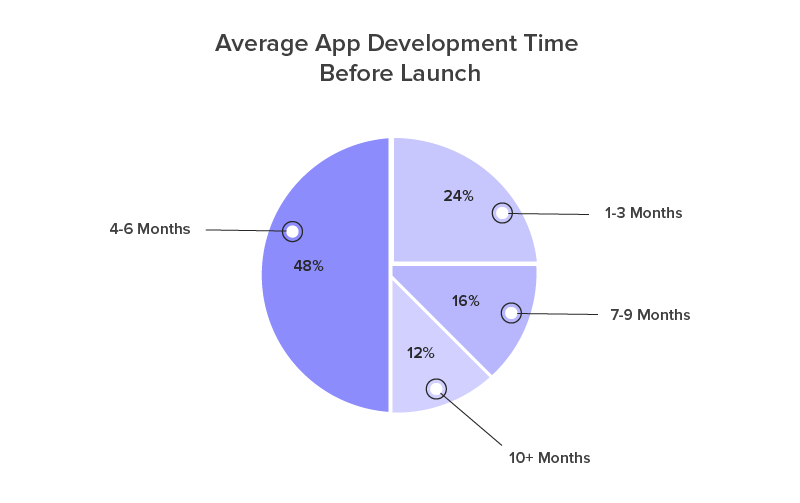
To establish the sweet spot for the testing timeframe, consider aspects like your app beta testing goals, your resources, the testers’ time variables, plus of course, the number of testing phases.
5. Search For Your Beta Testers
Mobile app beta testers might seem like an exclusive group of people that take a lot of time and effort to find. But, you know what? It just so happens that they are readily available on multiple app review platforms across the web.
Therefore, if you search through reputable app beta testing sites, you’re bound to find numerous options that fit your precise goals and your tester persona. And while you’re at it, you might also want to scan through social media networks, particularly if you’re interested in marketing beta testers.
6. Distribute The App To The Beta Testers
After hunting for your target mobile app testers, you will come to one of the most critical stages. This is proceeding to distribute the app as soon as you find a perfect platform.
Now, of course, this might sound challenging to first-timers. But, thankfully, we have just the right app marketing services and resources to get your app through to as many beta testers as possible. The process itself depends on the specific testing platforms you choose to distribute your app on.
7. Engage Your Testers Accordingly
At this point, you have already defined your target beta tester persona, discovered where they hang out, and then managed to establish effective methods of distributing your app to the selected testers. So far, so good!
But, here’s the problem. It goes without saying that the testers will not be as excited as you are. Sure, your app is new and all – but the fact is, they’ve seen many before.
Consequently, they might not jump straight into the action and start assessing your app as soon as it’s made available. Besides, chances are, you’ll find them swamped with several beta apps at once – particularly if you choose to use a popular app review site.
Being patient means you might have to wait forever – many testers are not exactly in a rush to submit feedback. So, you have to take matters into your own hands and find ways of engaging them. The goal here is to keep them motivated enough to test your app thoroughly, and subsequently, provide relevant reviews.
Thankfully, there are a number of app beta testing incentives you could capitalize on. If your competitors offer premium features at a price, for instance, you could simply provide the same functionalities for free.
8. Collect And Analyze Feedback
Collecting and analyzing feedback can be challenging in its own way.

We all want a consistent flow of constructive feedback. However, valuable reviews can only come from people who’ve thoroughly tested your app. And that, in fact, takes a lot of commitment from the beginning to the end.
Fortunately, there are several thoughtful ways of encouraging beta testers to provide feedback. You could, for instance, structure the whole system to query testers as soon as they’ve interacted with specific app functions. To accommodate those testers who might not be patient enough to detail everything, you could set some of the straightforward queries as close-ended.
9. Choose Valuable Suggestions To Implement
A successful app beta testing process is bound to attract numerous improvement suggestions. But let’s be honest here – it’s impossible to implement every single proposal that comes your way. You have to assess everything accordingly, and then decide which comments are the most relevant.
To do that, collate all the feedback you receive and analyze it based on value plus sincerity. In the end, you should only implement suggestions that are bound to enhance your app’s overall value. And while you’re at it, you might want to prioritize the most recurring proposals.
10. Cultivate Relationships
Of course, testers are exceptionally valuable to the app beta testing process. But, let’s not forget that they also happen to be smartphone users who fit your specific target market demographic.
Therefore, it might be wise to cultivate relationships beyond the testing process. You could, for instance, request them to subscribe to your mailing list for future updates about the app. That, essentially, provides you with a host of prospects that might excitedly download your app as soon as you launch it through the App Store.
Key Takeaways
- On average, apps are retaining only about 43% of their users barely a month after download. The numbers typically drop progressively over the long haul, consequently bringing the retention rate to about 29% after three months.
- Mobile app alpha testing basically involves availing an app through the developer website for tryouts by potential app users.
- App beta testing is fundamentally conducted externally. You basically come up with your app’s beta version and then release it to a limited number of testers who are not part of the developing team.
- There are two primary types you might consider involving in your app beta testing- marketing beta testers and technical beta testers.
- Once you’ve identified the suitable group of testers and their corresponding persona, you need to determine the precise numbers that would fit your app beta testing process.
- Mobile app beta testing should be brief but thorough to minimize the number of resources it consumes, and leave you with sufficient time to focus on the subsequent app development processes.
- Keep your beta testers motivated enough to test your app thoroughly, and subsequently, provide relevant feedback.
- It might be wise to cultivate relationships beyond the app beta testing process.
Conclusion
A solid app beta testing process manages to identify bugs and other issues that might have been missed by the development team. But, a strategic testing process, on the other hand, goes beyond that to promote the app extensively while generating reviews and feedback.
Beta testing is really about finding the right balance – don’t rush through, but do not drag things out either. Find a broad mix of testers, but don’t extend your numbers too far so you get overwhelmed with feedback. Analyze all of your results, but focus on only the most relevant suggestions.
This is arguably one of the most important steps to launching a mobile app, and it is incredibly important that you get it right the first time around.
Talk to us today to find out how you can capitalize on prelaunch app marketing through your mobile app beta testing process.
Newsletter
Don’t miss a thing! Sign up to receive daily news
Subscribe Newsletter





